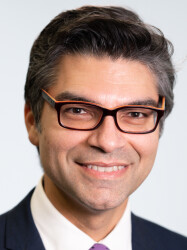BibTex format
@article{Schutzer-Weissmann:2023:10.1016/j.bja.2021.12.011,
author = {Schutzer-Weissmann, J and Wojcikiewicz, T and Karmali, A and Lukosiute, A and Sun, R and Ahmed, A and Purkayastha, S and Brett, S and Cousins, J},
doi = {10.1016/j.bja.2021.12.011},
journal = {British Journal of Anaesthesia},
pages = {103--110},
title = {Apnoeic oxygenation in morbid obesity: a randomised controlled trial comparing facemask and high-flow nasal oxygen delivery},
url = {http://dx.doi.org/10.1016/j.bja.2021.12.011},
volume = {130},
year = {2023}
}

